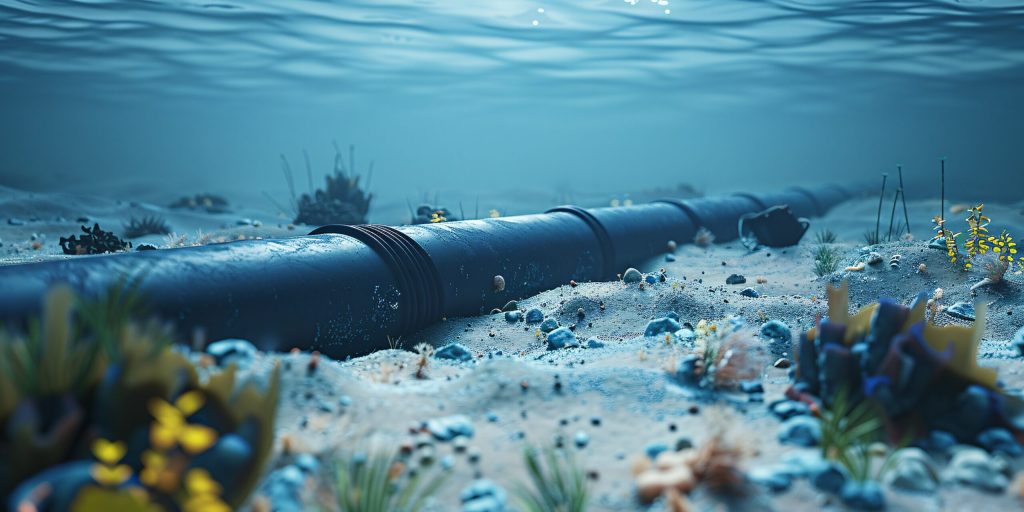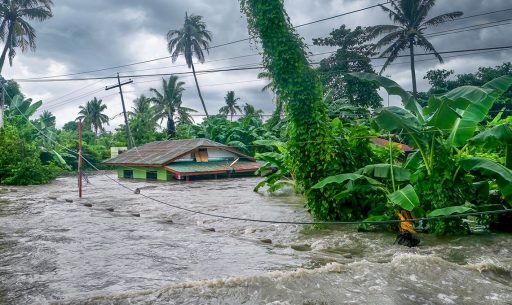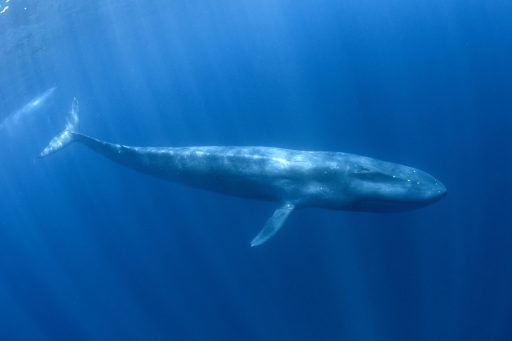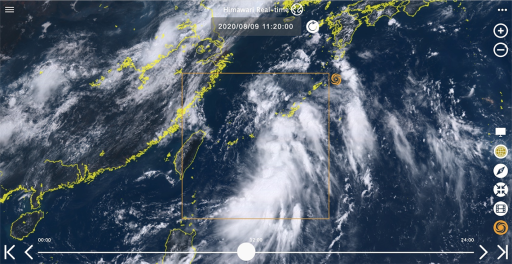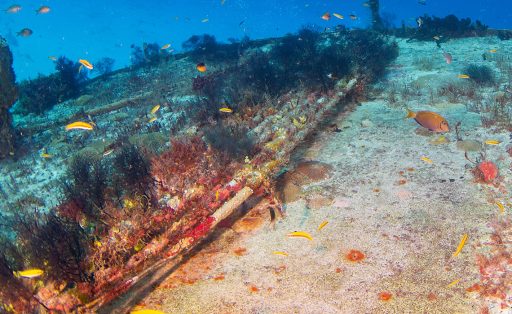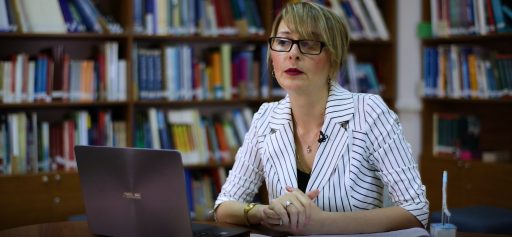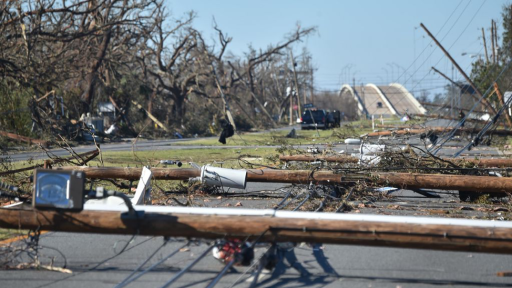Subsea cable assists seismic research
Seismic monitoring technology at the Madeira Island, Portugal, allows a submarine optic cable to act as a sensor for seismic activity. This improves the chances of predicting earthquakes and tsunamis.
Seismic monitoring technology at the Madeira Island, Portugal, allows a submarine optic cable to act as a sensor for seismic activity. This improves the chances of predicting earthquakes and tsunamis.


